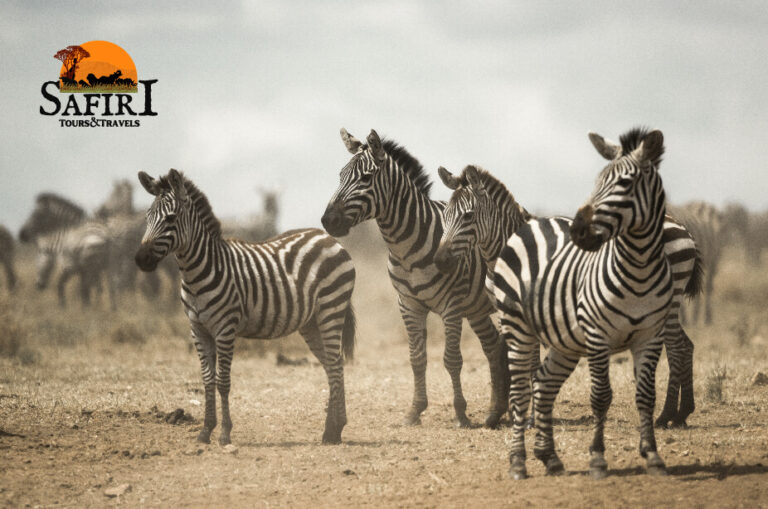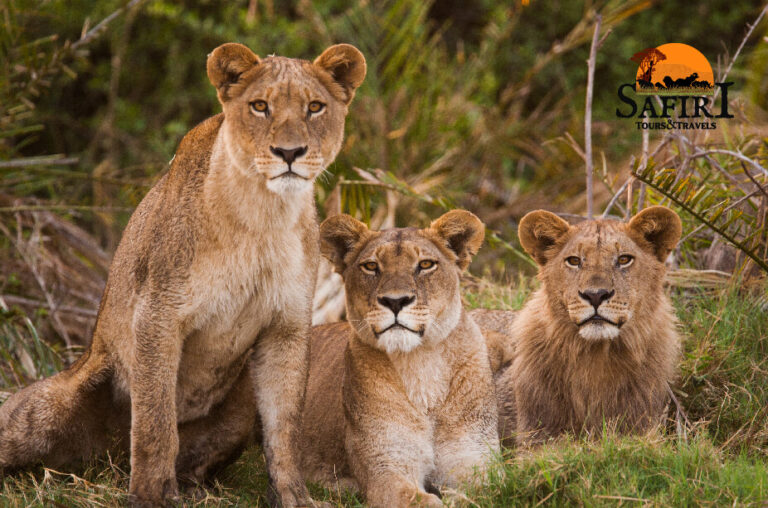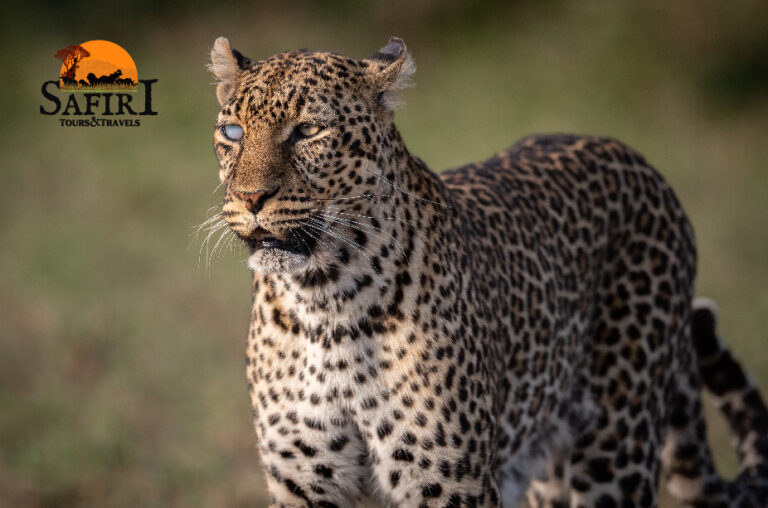



Tarangire National Park
The Sun is fierce and sucks moisture from the landscape, baking the earth to a dusty red cake, the withered grass as brittle as straw. The Tarangire River has shriveled to a shadow of its wet season self. But it is choked with wildlife. Thirsty nomads have wandered hundreds of parched kilometers knowing that there is always water here.
Herds of elephants pass across dry river bed for underground streams Tarangire. Tarangire forms the greatest concentration of wildlife outside the Serengeti ecosystem in Tanzania – a haven for predators – and the one place in Tanzania where dry-country antelope such as the stately fringe-eared oryx and peculiar long-necked gerenuk are regularly to observe.
During the rainy season, the seasonal visitors scatter over a 20,000 sq km (12,500 sq miles) range until they exhaust the green plains and the river calls once more. But Tarangire’s herds of elephant can easily be encountered, wet, or dry.The swamps, tinged green all year round, are the focus for 550 bird varieties, the most breeding species in one habitat anywhere in the world.
On drier ground, you find the Kori bustard, the heaviest flying bird; the stocking thighed ostrich, the world’s largest bird; and small parties of ground hornbills blustering like turkeys.
More ardent bird-lovers might keep an eye open for screeching flocks. The dazzlingly colorful Yellow-collared lovebird, and the somewhat drabber Rufous-tailed weaver and ashy starling – all endemic to the dry savannah of north-central Tanzania.
Tarangire’s pythons climb trees, as do the lions and leopards. Lounging in the branches where the fruit of the sausage tree disguises the twitch of a tail.




